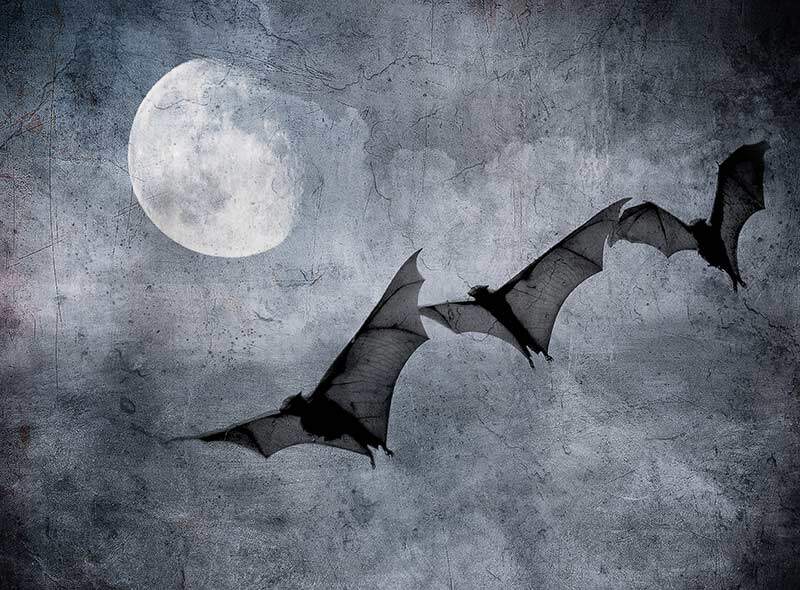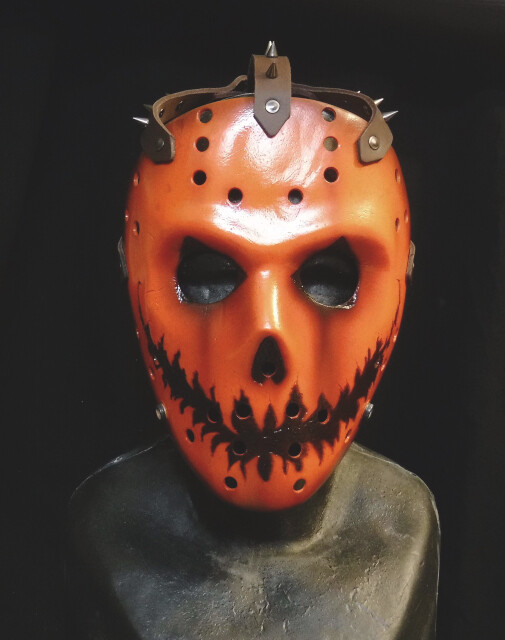September is coming to a close and the heat, brief as it was, is beginning to wane. For some this is a dark time, one foretelling many months of bitter cold, long stretches of darkness and bouts of seasonal affective disorder. Though for others an excitement builds through these darkening months that leads to the spookiest and one of the most beloved traditions in recent history; Halloween. Explore the history of Halloween from ancient Celtic traditions to trick or treating today in the U.S.
History of Halloween Celtic Roots
For many Americans, Halloween will feel as culturally homely as eagles and apple pies, although, (hold awed gasps) the tradition didn’t actually start stateside. The origins of this delectably macabre holiday date back to the ancient Celtic festival of Samhain (pronounced sow-in). The Celts, who occupied the area that is now Ireland, the United Kingdom and northern France over 2,000 years ago, celebrated their new year on November 1.
The date was considered the end of the autumn period and symbolizes the emergence of winter, when herds were returned from pasture and land tenures renewed. Legend told that during the Samhain festival, the souls of the departed would once more return to their homes and those who had died since the last festival would have their souls pass over to the afterlife. Bonfires were lit atop hills to ward off evil spirits, and to give the folk a place to relight their hearth fires over winter. They would wear animal heads and skin masks to the ceremonies to avoid being recognized by those spirits, while sacrificing animals to appease the gods. It was believed that on the night before the new year, the boundary between our world and that of the dead became thin, allowing them to communicate with spirits. On the night of October 31 they celebrated Samhain, when it was believed that the ghosts of the dead returned to earth.
According to historical records,the Celts believed that the spiritual communication on Samhain enhanced the premonitory powers of the Celtic druids, allowing them to predict the future in a far more accurate way.
Bats and Halloween

The widespread modern association of bats with Halloween actually has its historical origins too. The Samhain bonfires lit by the Celtic Druids attracted swarms of bugs from the surrounding wilderness which, in turn, drew flocks of bats to enjoy a rather fruitful supper. In later years, various folklore emerged citing bats as harbingers of death or doom. In Nova Scotian mythology, a bat settling in your home foretells that a man in your family will die. If it flaps around the place trying to escape, a woman in the family will pass on instead.
History of Halloween Roman Influence
According to other records, some Halloween traditions are actually rooted in ancient Roman history. By 43 A.D. The Romans had conquered and occupied most of the Celtic’s territory, bringing with them festivals such as Feralia, which took place in October and also commemorated the passing over of the dead to the afterlife. Another holiday, Pomona, was held in honour of the Roman Goddess of fruit and trees, which developed to this day as the reason why we bob for apples on Halloween.
A few Centuries later saw the further development of the festivals that would eventually become Halloween, as several Christian figures attempted to replace the pagan traditions with ones closer to God. By 1000 A.D., All Souls’ Day was announced on November 2 as a time for the living to pray for the souls of the dead. All Saints’ Day, or All Hallows, honored the saints on November 1. That made October 31 All Hallows Eve, which later became Halloween.
Halloween in The United Kingdom
Of course, old habits die hard, and people in England and Ireland mostly continued on as they had done, using the time of year to focus their attention on the wandering dead. They set out gifts of food to feed the peckish spirits, and as time went on and the tradition continued, folk would dress in creepy masks in exchange for treats themselves. The practice was called “mumming,” and was the beginning of a tradition we now know as trick-or-treating.
Trick or Treating in America

In America, the southern colonies were the first to adopt the original festivities resembling Halloween, these early renditions of the festivals being called “play parties”. Towns would gather to celebrate the harvest, swap ghost stories and read each other’s fortunes, with far more events and activities being added over the years.
By the 1950s Trick-or-treating had exploded in popularity around the US, and Halloween had become a true national event. Today the holiday is celebrated by over 179 million Americans who spend around $9.1 billion on it per year, according to the National Retail Federation.
Halloween obviously remains a popular holiday in America and the UK today, but it actually almost didn’t make it across the Atlantic in the first place. Puritans shunned the tradition, disapproving of its Pagan roots, though once Scottish and Irish immigrants began to arrive in America in greater numbers, Halloween made its way back into the zeitgeist. The very first American colonial Halloween celebrations featured large public parties to commemorate the upcoming harvest, tell ghost stories, sing, and dance.
https://www.history.com/topics/halloween/history-of-halloween
https://www.countryliving.com/entertaining/a40250/heres-why-we-really-celebrate-halloween/
https://www.goodhousekeeping.com/holidays/halloween-ideas/g4607/history-of-halloween/
https://www.businessinsider.com/history-of-halloween-2017-10?r=US&IR=T
https://www.britannica.com/topic/Halloween
https://www.historic-uk.com/CultureUK/Halloween/
https://www.worldhistory.org/article/1456/history-of-halloween/
Joe first knew he wanted to write in year six after plaguing his teacher’s dreams with a harrowing story of World War prisoners and an insidious ‘book of the dead’. Clearly infatuated with horror, and wearing his influences on his sleeve, he dabbled in some smaller pieces before starting work on his condensed sci-fi epic, System Reset in 2013.Once this was published he began work on many smaller horror stories and poems in bid to harness and connect with his own fears and passions and build on his craft.
Joe is obsessed with atmosphere and aesthetic, big concepts and even bigger senses of scale, feeding on cosmic horror of the deep sea and vastness of space and the emotions these can invoke. His main fixes within the dark arts include horror films, extreme metal music and the bleakest of poetry and science fiction literature.
He holds a deep respect for plot, creative flow and the context of art, and hopes to forge deeper connections between them around filmmakers dabbling in the dark and macabre.

